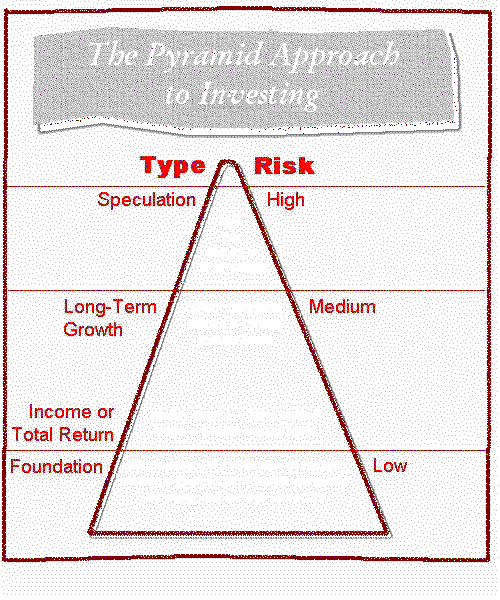Frugal living comes in five steps:
- Spend wisely now
- Save for your needs
- Save for your future
- Save for your wants
- Spend for fun
Notice the order? It’s specific and purposeful. First, you spend money wisely (the opposite of randomly buying a shirt here, a movie there, and black lights ‘cause they look cool). Then, you save a bit of money for things that you know you will need (those textbooks that you need in three months). Next, you save money for your future (your retirement, your wedding, your house, or your graduation trip to Africa). After all that you get to save money for your wants (that new laptop you’ve been eyeing). Finally, you get a bit of money for fun.
That’s all to it. If you follow these five general guidelines, then you would be living a frugal, financially smart life. Some people already know this and follow these guidelines without needing any further instructions. I’m not one of these people and if you are reading this, then chances are, neither are you. So for this month, let’s take a closer look at Step 1, Spend Wisely Now.
A lot of our debt and financial problems come from our inability to spend wisely.
Spending is very easy. Even now, after years of living frugally, I still spend money frivolously and uncontrollably. I don’t do it as often as I used to, granted, but I have to constantly fight the urge to just “pick something up at the store.”
So how do we spend wisely?
First, know your wants and needs.
Here’s your first exercise for today. Make a chart of your wants and needs. Go all out. Write down everything that you can think of. Use pencil and paper or an excel sheet.
Needs are things that we have to have to survive. Food and shelter are obvious needs. Transportation is another need. Good health is not a luxury, it is a need.
Wants are things that we want to have. These are things that we want, desires, demons if you will.
Frugal living means we spend money on our needs and prioritize our list of wants. We then spend money on our wants ONLY when we have money left over. Ideally, spending money on wants comes after Step 4.
The funny thing is many people confuse their wants with their needs. They then go ahead to spend a lot of money on their wants, all the while patting themselves on the back for spending wisely and insisting that they don’t have enough money to live on. Hah!
Let’s examine your list of needs and how you are spending your money on it.
Shelter is usually the first thing on the list of needs. However, what kind of shelter do you have? You need a place to sleep and rest, but do you really need an apartment at the beach? The difference between the minimum that you need and what you are actually spending is luxury and luxury belongs in Step 5, meaning that if you still have money after you spend for your needs and save appropriately, then you can certainly afford to have an apartment at the beach. If you don’t have money after you spend for your needs and save appropriately, then you CAN’T afford that apartment at the beach and if you continue to spend money on it, then you are spending unwisely. Move to a cheaper apartment in a relatively safe neighborhood, get a roommate or two or three, or move in with a relative for free. Find shelter that meets your minimum need.
Food is also on the list of needs. However, we all know that you don’t need to eat out three times a week and have McDonald’s for lunch every day. Your food needs can be met by cooking at home and making sandwiches to bring to campus. You can read more about how to manage your food expenditure elsewhere on this website.
How about clothing? You do need to wear clothes, but does it have to be brand new, straight from Banana Republic? No. You can get your clothes from thrift stores, vintage shops, and garage sales. To be perfectly honest, you don’t even need that much clothing. If your closet is tight, then you have too many clothes and don’t need to buy new ones till the old ones wear out.
Transportation is another need. That’s not to say that everybody needs a car. No, everybody needs a means of getting around. Your feet are a means of transportation. Bicycles another. Buses are great for getting to far away places. College students generally don’t need a car but if you do, does it have to be the latest model or can it be five years old?
Do you get the general idea? Spend only the least that you need to and not a penny more. That’s the first step to frugal living. However, everybody’s minimum needs are different. I am small and don’t take up a lot of space. A small one bedroom apartment is more than enough for me. However, you might have pets, boyfriends, girlfriends, and need a space for painting. Your housing needs would be greater. Just know your needs and wants.
Does it all sound harsh, terrible, and completely undoable? Yes, but please keep in mind that this is only the first step. This is the foundation of your financial life.
Did I say that you can never spend money frivolously? Of course not. You can spend money, as much money as you want…when you have it. That comes with Step 5 where you spend for fun.
For this month, think about your needs and wants. Think about how you are spending money on them. And of course, think about how you view your needs and wants. Examine your spending habits. Start to make changes.




